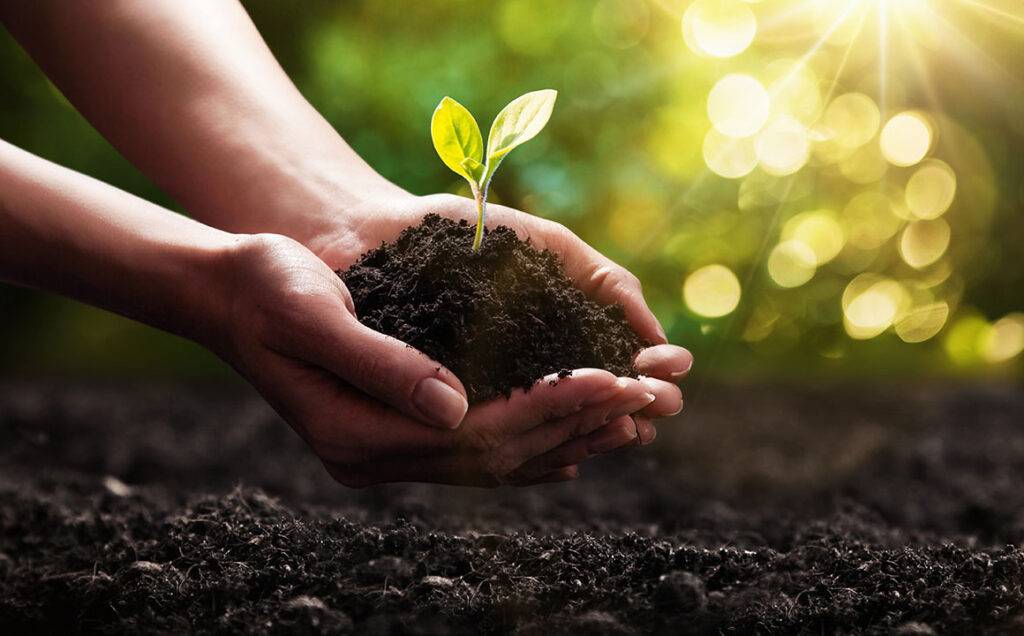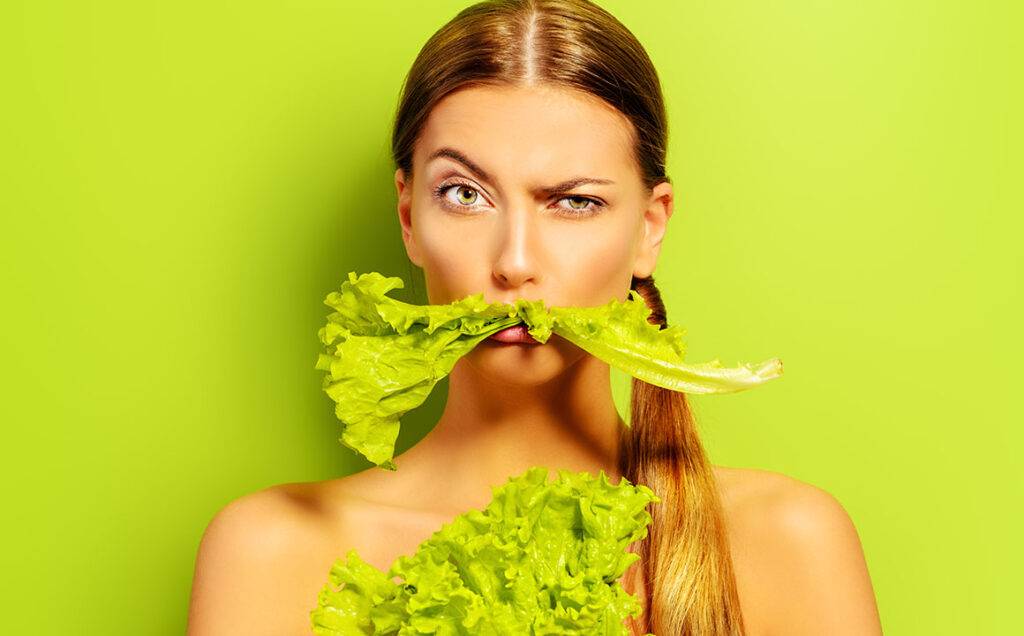There’s nothing quite as rewarding as stepping into your own backyard and harvesting fresh, crisp ingredients for a delicious and healthy salad. Growing your own salad greens and vegetables is not only a fun and satisfying hobby but also a great way to always have a supply of organic and delicious greens right at your fingertips. That’s why we decided to share some of our favorite tips that can help you have a flourishing vegetable garden yourself.
Choose the Right Location
The key to a successful vegetable garden starts with selecting the right location. Choose a sunny spot in your yard that receives at least 6 to 8 hours of direct sunlight each day. Most salad greens and vegetables thrive in full sun and will grow best when provided with ample sunlight. Avoid areas with too much shade, as this can lead to leggy and weak plants. Additionally, ensure the location has good drainage to prevent waterlogging, as soggy soil can harm plant roots and promote disease.
Prepare the Soil
Healthy soil is the foundation for a flourishing vegetable garden. Before planting, take the time to prepare the soil properly. Remove any weeds, rocks, or debris from the area. Loosen the soil to a depth of about 12 inches, breaking up any clumps to improve aeration and root penetration. Adding organic matter, such as compost or well-rotted manure, will enrich the soil with essential nutrients and improve its structure. Healthy soil not only nourishes your plants but also enhances their ability to resist pests and diseases.

Watering
Proper watering is essential for the health and growth of your vegetable garden. Vegetables generally prefer consistent moisture, so water them regularly, especially during dry spells. A deep watering once or twice a week is generally sufficient, depending on your climate and soil type. Water the base of the plants to keep the foliage dry, as damp leaves can encourage fungal diseases. To help retain soil moisture and reduce weed growth, consider applying a layer of organic mulch around your plants.
Pest Control
Keeping pests at bay is essential to maintaining a thriving vegetable garden. Instead of relying on chemical pesticides, try using natural pest control methods. Hand-picking pests like caterpillars and slugs can be effective for smaller gardens. Encouraging beneficial insects, such as ladybugs and praying mantises, can also help control pest populations naturally. Companion planting and crop rotation can further aid in pest management. Additionally, inspect your plants regularly to identify and address any pest or disease issues promptly.
Harvesting Your Salads
The best part of growing your own salads is the joy of harvesting fresh produce straight from your garden. Salad greens can be harvested when they reach a size that suits your preference, typically about 4 to 6 inches tall. Harvest outer leaves first, allowing the inner leaves to continue growing. Regularly harvesting your greens will encourage continuous growth and ensure a steady supply of fresh salad ingredients throughout the season. Remember to wash your harvest thoroughly before enjoying your homegrown salad.

